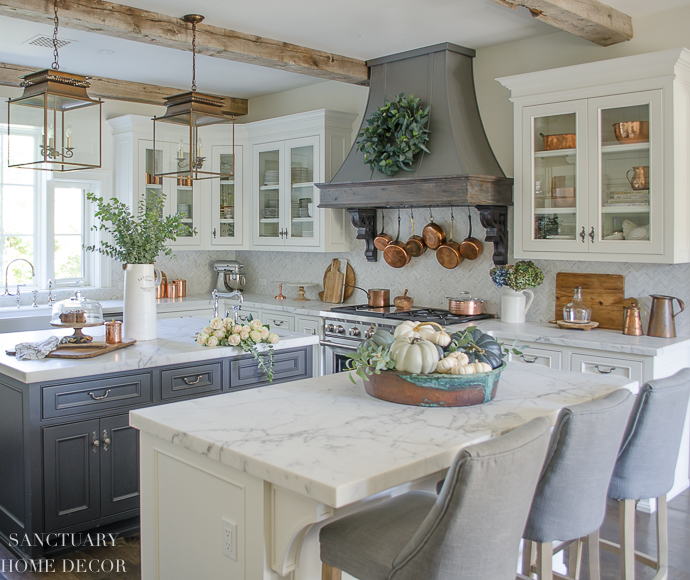
7 Easy Ways to Make Your Garden More Pollinator-Friendly
The air is alive. A gentle hum fills the garden on these warm summer days, a symphony conducted by bees, butterflies, and a myriad of other tiny winged creatures. It's a beautiful sound, a testament to the vibrant ecosystem thriving right outside our doors. But have you noticed fewer of these buzzing friends lately? Pollinator populations are declining, and our gardens – and our food supply – are feeling the impact. That's why I'm sharing 7 easy ways to transform your garden into a haven for pollinators, ensuring a more abundant harvest and a healthier planet.
1. Plant a Pollinator Paradise: Choose the Right Flowers
This is the most crucial step. Pollinators need nectar and pollen, and different species are attracted to different plants. Focus on native varieties – these are adapted to your local climate and provide the most nutritious food for native pollinators.
- Bees: Attracted to blue, purple, white, and yellow flowers. Plant bee balm, lavender, sunflowers, coneflowers (Echinacea), and borage.
- Butterflies: Drawn to bright colors, especially red, orange, yellow, and purple. Plant milkweed (essential for Monarch butterflies), butterfly bush, zinnias, asters, and salvia.
- Hummingbirds: Love red, tubular flowers. Plant bee balm, salvia, fuchsia, and trumpet vine.
Pro-Tip: Plant in clusters of the same flower type. This makes it easier for pollinators to find the nectar and pollen they need, and it creates a more visually stunning display.
2. Provide a Water Source
Pollinators get thirsty, too! Offer a shallow dish of water with pebbles or marbles for them to land on. This prevents them from drowning while they drink.
- Easy DIY: A simple terracotta saucer filled with water and a few stones works perfectly.
- Location: Place the water source in a sunny spot, away from strong winds.
- Maintenance: Change the water regularly to prevent mosquito breeding.
3. Say No to Pesticides: Embrace Organic Gardening
Pesticides, even organic ones, can harm pollinators. Avoid using them whenever possible. Instead, focus on attracting beneficial insects that prey on garden pests.
- Beneficial Insects: Ladybugs, lacewings, and praying mantises are natural pest control agents.
- Attract Them: Plant dill, fennel, and yarrow to attract these helpful predators.
- Companion Planting: Use companion planting techniques to deter pests naturally. For example, plant marigolds near tomatoes to repel nematodes.
Personal Anecdote: Last year, I had a terrible aphid infestation on my rose bushes. Instead of reaching for the insecticide, I released a swarm of ladybugs. Within days, the aphids were gone, and my roses were thriving!
4. Create a Bee Hotel: Offer Shelter and Nesting Sites
Many solitary bees don't live in hives; they nest in small holes and crevices. Provide a bee hotel to offer them a safe place to call home.
- DIY Bee Hotel: Drill holes of varying sizes (3-10mm) into a block of untreated wood.
- Natural Materials: Bundle hollow stems of bamboo or reeds together.
- Placement: Mount the bee hotel on a sunny wall, sheltered from the rain.
5. Leave the Leaves: Provide Winter Habitat
Resist the urge to tidy up your garden completely in the fall. Many pollinators overwinter as pupae or larvae in leaf litter and dead stems.
- Delay Cleanup: Wait until late spring to cut back dead plant material.
- Leaf Piles: Leave piles of leaves in a corner of your garden to provide shelter for overwintering insects.
- Natural Mulch: Chop up leaves and use them as a natural mulch around your plants. This will suppress weeds and improve soil health.
6. Let Herbs Flower: A Pollinator Buffet
Many herbs, such as rosemary, thyme, and oregano, produce beautiful flowers that pollinators love. Allow some of your herbs to flower, and you'll attract a steady stream of bees and butterflies to your garden.
- Culinary and Pollinator Benefits: Enjoy fresh herbs for cooking while also supporting pollinators.
- Easy Propagation: Collect seeds from your flowering herbs to propagate new plants.
- Aromatic Garden: The fragrance of flowering herbs is an added bonus.
7. Educate Others: Spread the Word!
Talk to your neighbors, friends, and family about the importance of pollinators. Share your knowledge and inspire them to create their own pollinator-friendly gardens.
- Start a Conversation: Share photos of pollinators in your garden on social media.
- Host a Workshop: Organize a gardening workshop in your community.
- Support Local Initiatives: Get involved in local conservation efforts to protect pollinator habitats.
Personal Anecdote: I started a small pollinator garden in my front yard, and it's become a neighborhood attraction. People stop by to admire the flowers and ask questions about how to attract pollinators. It's a great way to raise awareness and inspire others to take action.
As the season progresses, and the days get warmer, remember the vital role these tiny creatures play in our world. By implementing these seven easy steps, we can create a more welcoming and supportive environment for pollinators, ensuring a more bountiful harvest and a healthier planet for generations to come. So, grab your gardening gloves, plant some flowers, and let's get buzzing!
Share your own pollinator-friendly gardening tips in the comments below. What are your favorite flowers for attracting bees and butterflies?